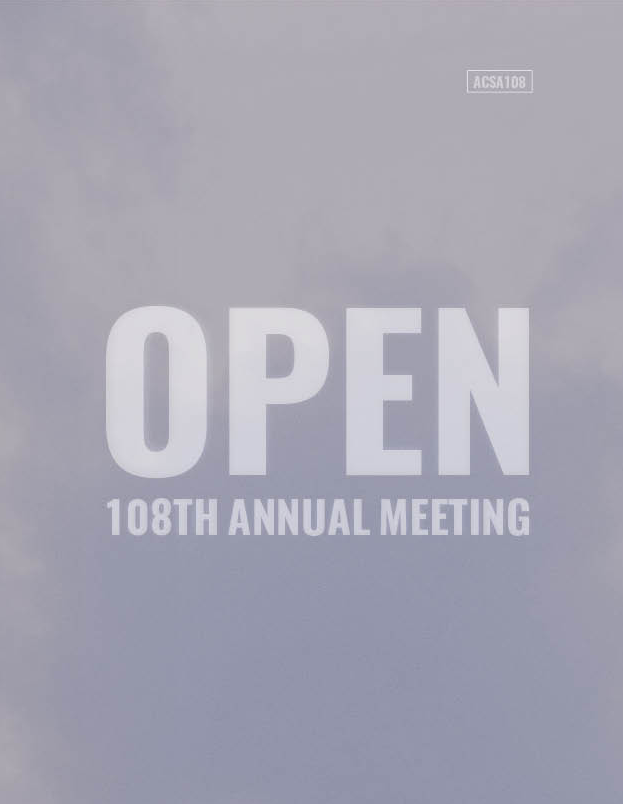Author(s): Andrew Ryan Gleeson
A chronological historiography of Mies van der Rohe’s architecture uncovers a constant reassessment of his work by critics in changing eras. By the 1990’s he was reassessed as a more complex figure than previously understood. Publications, such as, The Presence of Mies, and, Mies in Berlin/America revealed new ways to conceptualize his work. Today he’s a well-worn symbol of the elite European architect in a necessary, refreshing, and fruitful landscape of broader inclusivity. However, in the canon of Western Modern Architecture Mies is the most mysterious; an architect who conceals multitudes with his silence. Mies’s works are like tofu, his buildings act as tabula rasa in which new meanings can be absorbed within the constant, restless, and shifting tastes of architectural scholarship. Mies cultivated this mystery by saying one thing and doing another. Like Andy Warhol he reduced explanations of his design process to the point of rationalist banality. But a closer understanding of Mies’s philosophy betrays a much deeper surface. A new English translation of highlighted passages in Mies’s personal copy of Romano Guardini’s “Der Gegensatz” (The Opposite), gives a clue into how mysteries within Mies’s works are cultivated. For Mies, these passages revised the understanding of dualities as laid out by classic German philosophy. Hegel supported the synthesis of contradiction through a reposed resolution, but this passage declares an irreducible simultaneity present within paradox. Architecture is a relevant discipline for exploring dualities because it is a discipline steeped in both the rational and the spiritual, serving immediate and abstract needs. Reframing a transitional period in Mies’s career—the projects for the Ulrich Lange and Hubbe House—within the context of his medita¬tions on Guardini reveals a new complexity embedded in the work. His quest to understand the nature of dualities is the underlying flavor of his work after the 1920s.
https://doi.org/10.35483/ACSA.AM.108.79
Volume Editors
ISBN
978-1-944214-26-5

 Study Architecture
Study Architecture  ProPEL
ProPEL 
